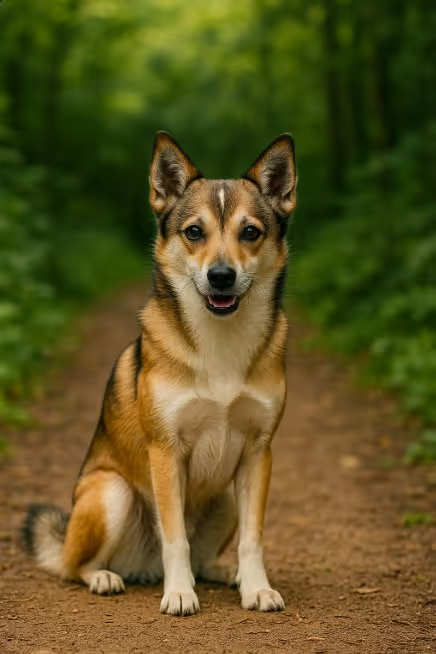The Norwegian Lundehund is a rare, foxlike spitz developed on Norway’s rugged coast to climb cliffs and retrieve puffins. Tiny but athletic, it’s famous for six toes on each foot, hyper-flexible joints, and ears that can close to keep out debris. Cheerful, cat-agile, and people-oriented, Lundehunds fit active homes (including apartments) that provide daily exercise, positive training, and mindful GI-health management. If you’re asking “Do Norwegian Lundehunds have six toes?”—yes, it’s a hallmark trait. “Are Lundehunds hypoallergenic?”—no; they shed seasonally.

Bred on remote Norwegian islands for centuries, the Lundehund (“puffin dog”) scrambled sheer cliffs and crept into rock burrows to retrieve seabirds. Fisher-farmers selected for unique anatomy: extra toes with extra pads for grip, ultra-flexible shoulders/neck, and ears that seal shut. As puffin hunting faded, numbers dwindled; dedicated fanciers rebuilt the population in the 20th century. Today the breed is recognized internationally and prized by enthusiasts for its quirky charm and athleticism.
A small, elastic spitz with a wedge head, pricked ears, and remarkable flexibility.
Low trimming, steady maintenance—expect seasonal sheds.
A nimble climber with moderate stamina—short bursts + brain work.
Smart, sensitive, slightly independent—keep it upbeat and varied.
Mind the tummy—this breed can be GI-sensitive.
Generally athletic but known for breed-specific GI issues.
Rare—expect waitlists and deep conversations about GI health.
Do Norwegian Lundehunds really have six toes?
Yes—six toes on each foot (with extra pads) are standard and help with grip on rocks.
What is Lundehund Syndrome?
A breed-linked GI condition (often protein-losing enteropathy). Signs include diarrhea, weight loss, and lethargy—see your vet promptly; long-term management is common.
Are Norwegian Lundehunds hypoallergenic?
No. They’re low-to-moderate shedders and not hypoallergenic.
How much exercise does a Lundehund need?
About 45–60 minutes daily plus brain games (tricks, nose work).
Are Lundehunds good apartment dogs?
Yes—if you meet exercise needs and provide enrichment and training.
Do Lundehunds bark a lot?
Moderate. They’re alert; teach a reliable “quiet” and provide outlets for energy.
Are they good with kids and other pets?
Typically friendly with thoughtful introductions; supervise with small pets and teach calm interactions.
Can Lundehunds climb everything?
They’re agile climbers—use secure fencing and teach off-limits cues for counters/furniture.